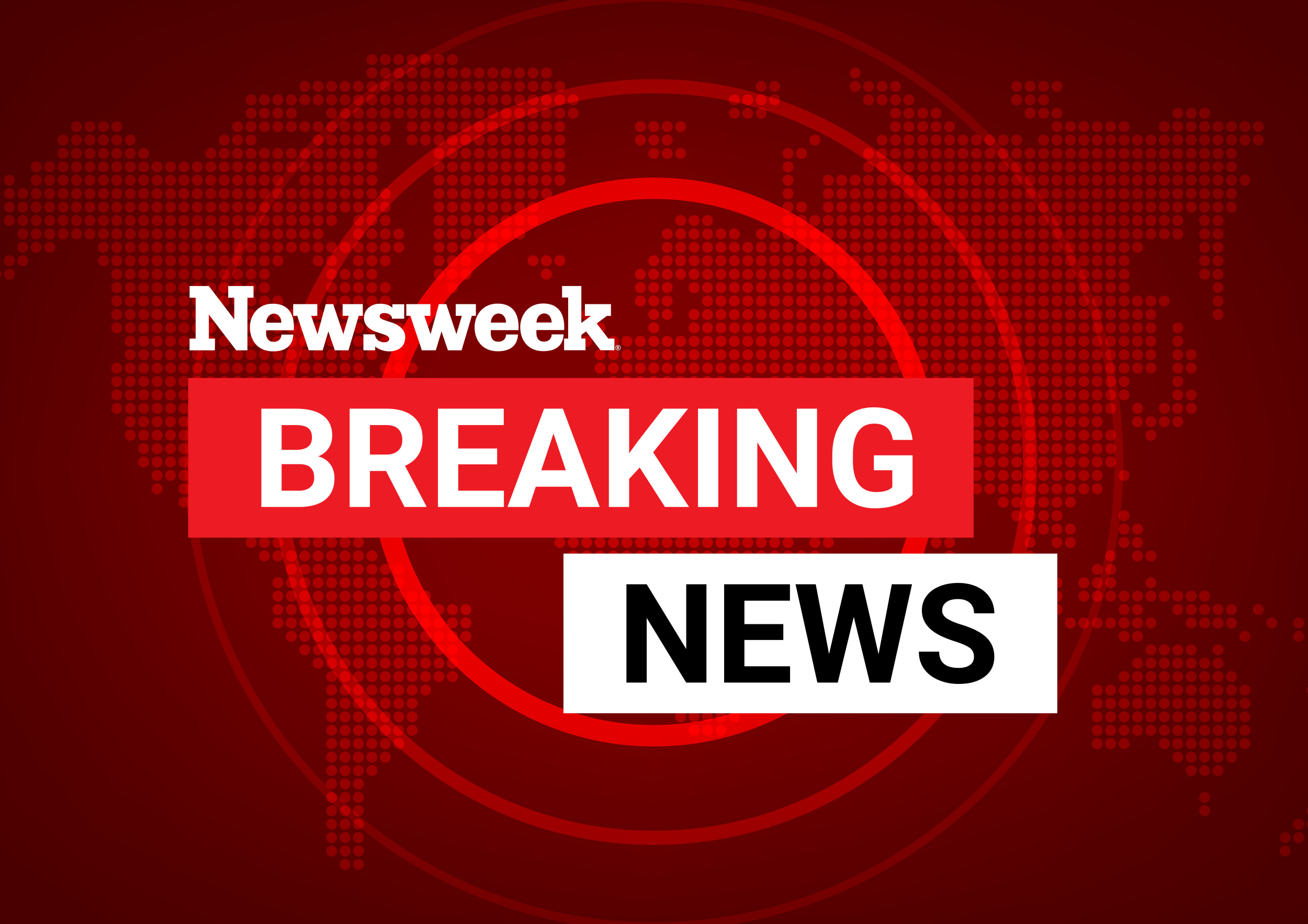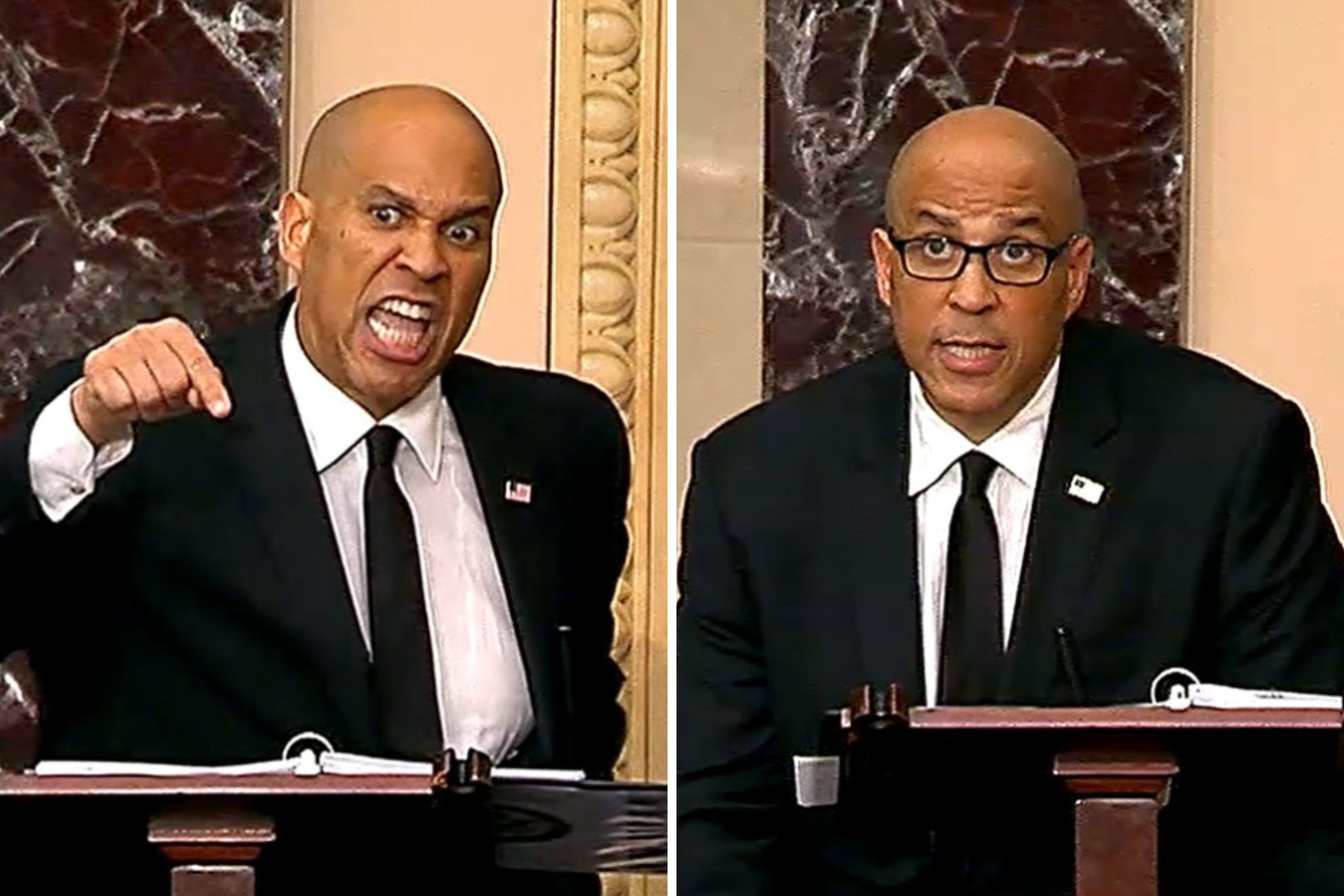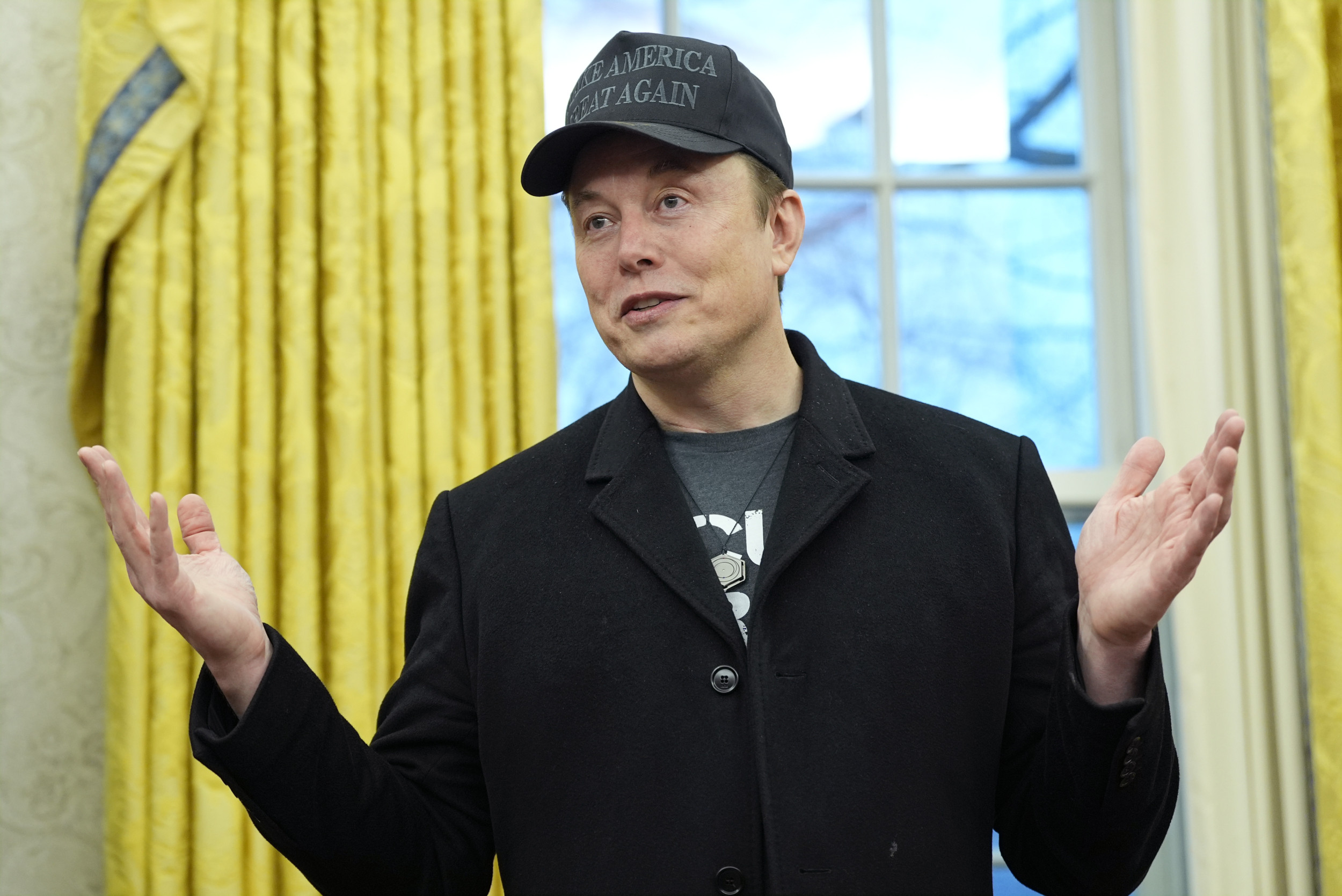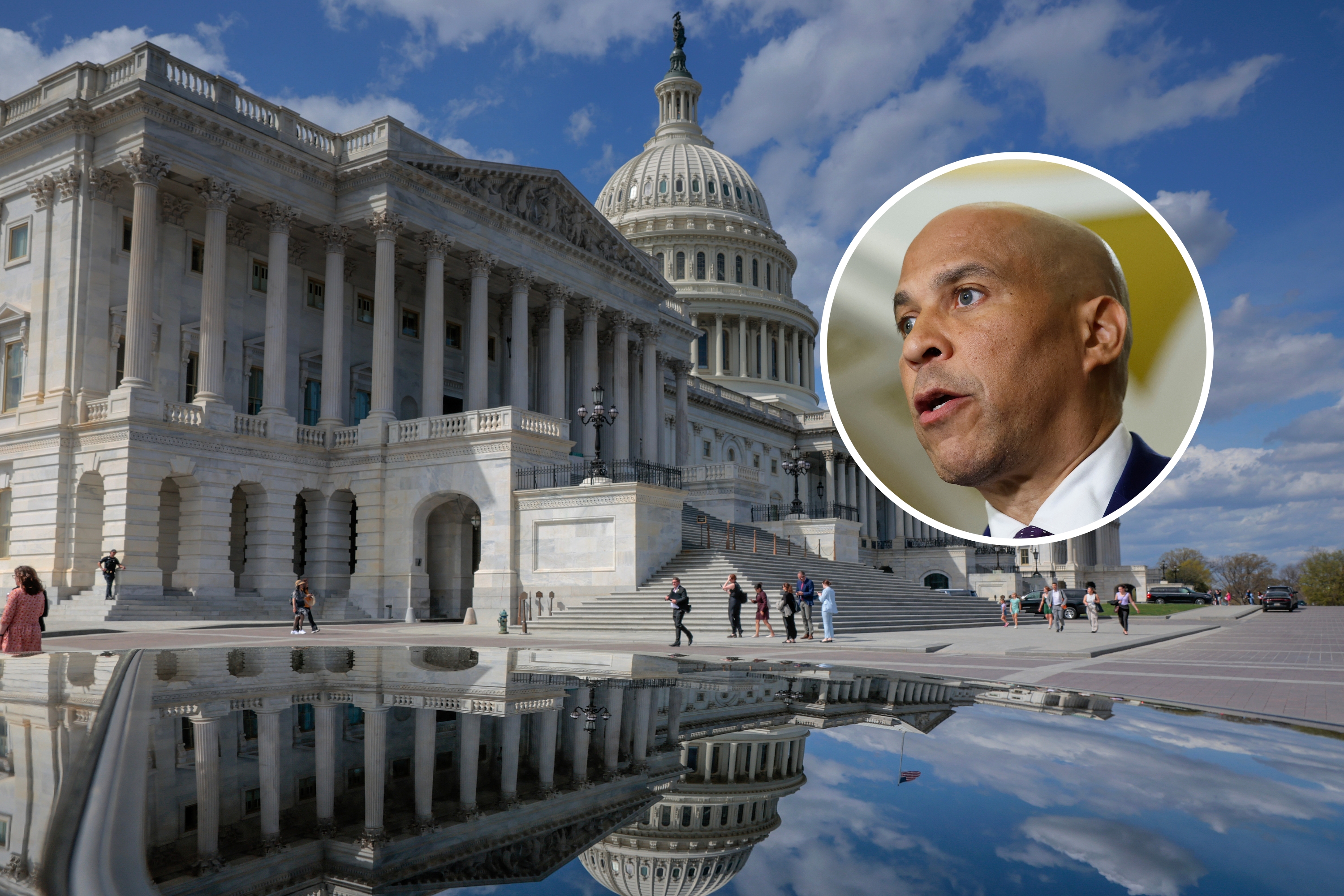As China's top diplomat met with his South Korean and Japanese counterparts in Tokyo last weekend, Beijing sent conflicting signals to its neighbors—calling for closer cooperation while ramping up its presence in contested waters.
The carefully choreographed summit—the first visit to Japan by a Chinese foreign minister in five years—came as long-standing U.S. alliances in the region face new pressure under U.S. President Donald Trump.
Newsweek reached out to the Chinese, South Korean and Japanese foreign ministries for comment.
Tensions Mount Amid Trilateral Talks
China's Foreign Minister Wang Yi met with South Korea's Cho Tae-yul and Japan's Takeshi Iwaya for the 11th trilateral foreign ministers' meeting. The officials discussed economic cooperation, security—including North Korea's nuclear weapons program, Russia's ongoing war against Ukraine—and efforts to revive trilateral free trade talks, according to readouts from the three foreign ministries.
Wang's message emphasized unity came with implied conditions for staying in Beijing's good graces, including adherence to its interpretation of agreements underpinning China-Japan relations—such as its claim to self-ruled Taiwan.
Japan, like the U.S., acknowledges this claim, but has carefully avoided endorsing it. China's military pressure on Taiwan has raised alarm in Tokyo and is a key factor behind Japan's efforts to bolster its defense capabilities and deepen cooperation with the U.S. and other partners in recent years.

"In a world with notably rising uncertainties and instabilities, China stands ready to work with Japan and the ROK to enhance mutual trust, deepen cooperation, resist disruption, and together contribute to regional and global peace and prosperity," Chinese Foreign Ministry spokesperson Guo Jiakun told reporters during Monday's press briefing.
"As a Chinese saying goes, close neighbors are better than relatives far away," he stated, in what appeared to be a reference to the United States.
Even as the diplomats touted greater stability, China intensified its presence near disputed waters, renewing Japanese concerns.
Japan's coast guard reported that Chinese coast guard vessels had stayed inside Japanese territorial waters near the disputed Senkaku Islands for 92 hours—the longest incursion since Japan nationalized the islands in 2012.
In remarks to Japanese lawmakers on Monday, Iwaya said Beijing was "clearly escalating" the situation.
The uninhabited island group, known as Diaoyu in China, is administered by Japan but claimed by Beijing. Washington has affirmed that its security treaty with Tokyo extends to the Senkakus, making the islets a "potential—if unlikely—flashpoint."
Steel Structures, South Korean Pushback
Tensions have similarly flared between China and South Korea in the Yellow Sea, known by Koreans as the West Sea.
Since 2018, China has installed massive steel structures in waters where the two countries' exclusive economic zones overlap—without South Korea's approval. The latest of these, installed in January, is estimated by South Korean intelligence to be 70 meters (230 feet) in height.
The area lies within a "Provisional Measures Zone," a jointly managed region where only fisheries and navigation-related activities are permitted under a bilateral agreement. China says the structures are for aquaculture, but critics in Seoul have raised alarm over what they call gray zone tactics—incremental, non-military coercion used to assert territorial control.
Kim Doo-young, former deputy registrar of the International Tribunal for the Law of the Sea, warned the installations could eventually obstruct South Korean vessels and suggested the matter be brought before an international tribunal, though he expressed little optimism. "I have low expectations given China's behavior in the South China Sea," he told Yonhap News.
In response, South Korea has deployed its own floating structure in the disputed zone. Oceans Minister Kang Do-hyung confirmed on Wednesday that authorities are monitoring Chinese activity closely. The new deployment follows a tense standoff in late February between the two nations' coast guards near the newest installation.
"Beijing's duplicity is best explained by such an example—pretending to bat for dialogue in good faith during the recent trilateral foreign ministers' talks with Tokyo and Seoul while escalating its coercive action out there at sea," wrote Collin Koh, a senior fellow at Singapore's Institute of Defense and Strategic Studies, in a post on X.
Beijing Seeks Balance as Seoul Leans West
While China presses its advantage in disputed waters, it has also taken visible steps to stabilize relations with South Korea, including it on its list of nationalities eligible for visa-free visits of up to 15 days until the end of this year.
Dong Gyu Lee, a research fellow at Seoul's Asian Institute for Policy Studies, told Newsweek these diplomatic gestures are likely aimed to push South Korea to maintain a diplomatic balance between Beijing and Washington.
But despite these efforts, "public opinion in South Korea is increasingly in favor of strengthening the ROK [Republic of Korea]–U.S. alliance," Dong stated, using South Korea's official name.
He added that North Korea's deepening military ties with Russia, continued nuclear advances and amending of its constitution to label South Korean a "hostile state" have heightened anxieties in Seoul.
While China has tried to portray itself as a stabilizer and joined Japan and South Korea in calling for denuclearization on the Korean Peninsula, Lee said it is unlikely to play a constructive role in managing the Kim Jong Un regime.
Trump Era Uncertainty Casts Shadow
Amid the regional turbulence, U.S. alliances in East Asia are showing signs of strain. Trump on Wednesday announced a 25 percent tariff on imported vehicles. The trade duties, set to take effect in April, will come as a major blow to Japanese and South Korean auto manufacturers.
He has renewed demands for Seoul to shoulder more of the cost for stationing the roughly 28,000 U.S. troops on the Korean Peninsula. The president has also questioned the value of the U.S.-Japan defense treaty, which he claims is one-sided.
Though South Korea pays less than the U.S. in direct costs, it has covered a wide range of indirect support, including rent waivers for bases. U.S. analysts have argued it's a small price for Washington to pay to keep its forces forward-deployed in a strategically critical region.
In a recent commentary, a portal for the Tokyo government pushed back on Trump's claim, noting that Japan is obligated under the security treaty to provide U.S. forces with bases and covers most of the related costs.
The article also stressed Japan's postwar constitution forbids war, and a mutual defense pact would exceed Article 9's limit on the minimum necessary use of force.
The South Korea–U.S. alliance is likely to face "various challenges and strains" under Trump's leadership, Lee said.
However, any "cracks" in the partnership could still recover under a future administration. "South Korea should be willing to accommodate some of these demands to maintain the momentum of the alliance and keep the focus on the North Korean nuclear threat," he said.
Lee warned that Seoul must be cautious not to send the wrong signals. South Korea is set to host the Asia-Pacific Economic Cooperation summit this November.
"If President Xi Jinping visits South Korea and the South Korea–China summit takes place before a South Korea–U.S. summit," Lee said, "it may send a message to both Washington and Beijing that South Korea is returning to its previous policy of 'balanced diplomacy.' This is a situation South Korea should avoid."
About the writer
Micah McCartney is a reporter for Newsweek based in Taipei, Taiwan. He covers U.S.-China relations, East Asian and Southeast Asian ... Read more




